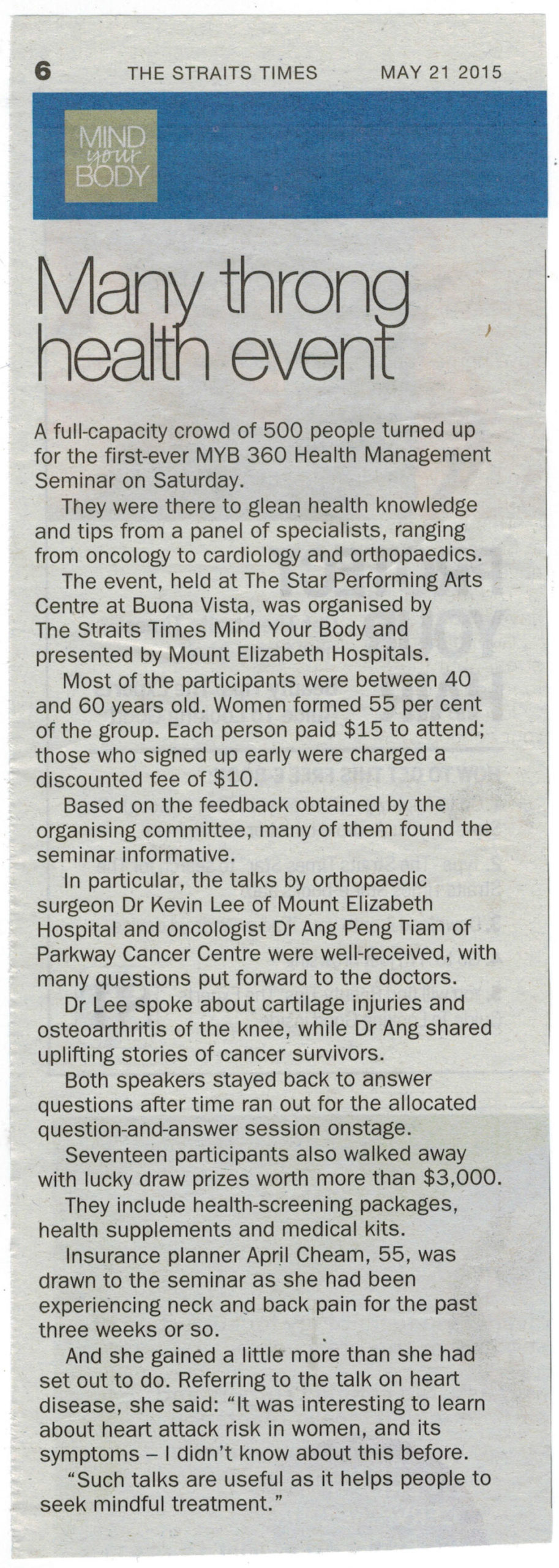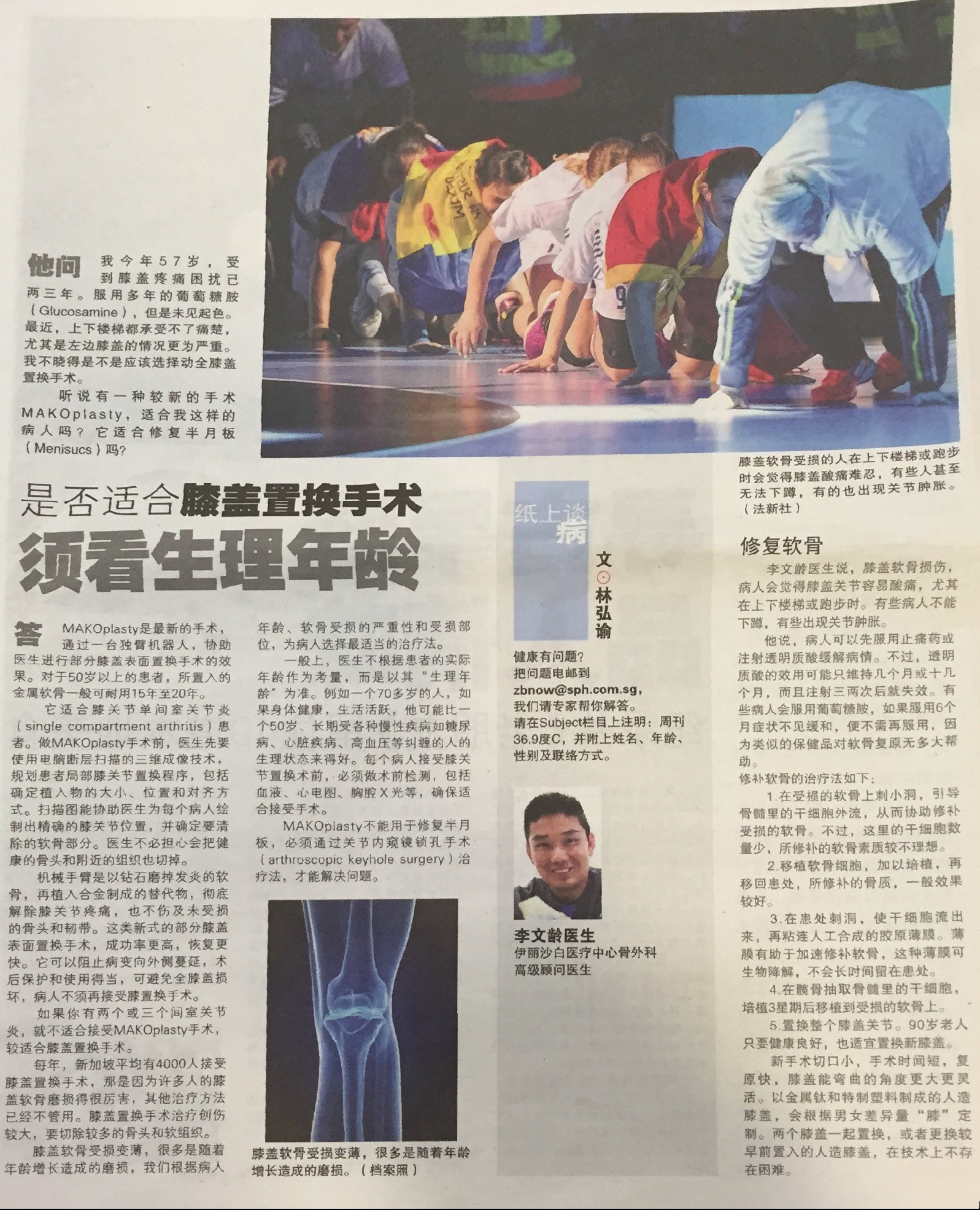Barefoot Running and Walking, Come Bare Your Sole!
Dr Kevin Lee was recently interviewed on 93.8 LIVE on the pros and cons barefoot running and walking, as well as the upcoming Bare Your Soul charity walk. Read the summary of his interview and sharing below.
Barefoot Running
Barefoot running, or natural running without shoes, is an up and coming running trend in Singapore. The topic on whether one should run barefoot or not is a controversial with many strong proponents and opponents.
Naturally, if you observe young children running or walking, you would see that their mid or forefoot would always strike the ground first. However, when running with a shoe, you would often need to strike heel first especially if the shoe is heavily padded or cushioned. That is the fundamental difference between barefoot running and running with shoes.
The pros of barefoot running include developing a more natural gait and strengthening the muscles, tendons and ligaments in the foot, which you will not normally use as much with shoes on. However, the cons of barefoot running are the likely injury from inappropriate stance. Dr Lee warns that individuals who wish to try out barefoot running for the very first time should be extremely careful. It is vital that they properly transit to striking mid or forefoot first when running barefoot. If they still use their heel to first strike the ground, it is likely to cause heel pain and injuries like plantar fascitis, achilles tendinits and even stress fractures.
Barefoot Walking
Barefoot walking is an easier, safer and more natural option to barefoot running. You do not have to worry about injuring yourself with striking the ground first using inappropriate part of the foot since one of your feet is always on the ground. There are however two things to note: take softer steps when you first start trying barefoot walking; find safer terrain like grass or sand when barefoot walking. There is possibility of injuries from cuts, foreign objects and heat or chilling terrains. You also need to be careful when walking in places with unknown or poor hygiene conditions of getting parasitic hookworm infection from your bare sole.
Bare Your Soul Charity Walk
Bare Your Soul is a barefoot charity walk, organised annually by Habitat for Humanity Singapore to raise awareness and funds for the poor communities that Habitat serves locally and abroad. It will be held at Palawan Beach, Sentosa this coming Saturday from 8am to 12pm. It is a great opportunity for you to walk a mile in the shoes of children living in poverty without access to proper footware.
Dr Lee recommends Bare Your Soul participants to practise short barefoot walking distances first before going. And remember to "Rest, Ice, Compress, Elevate" (RICE) if you ever experience any pain or discomfort, during or after the charity walk!



